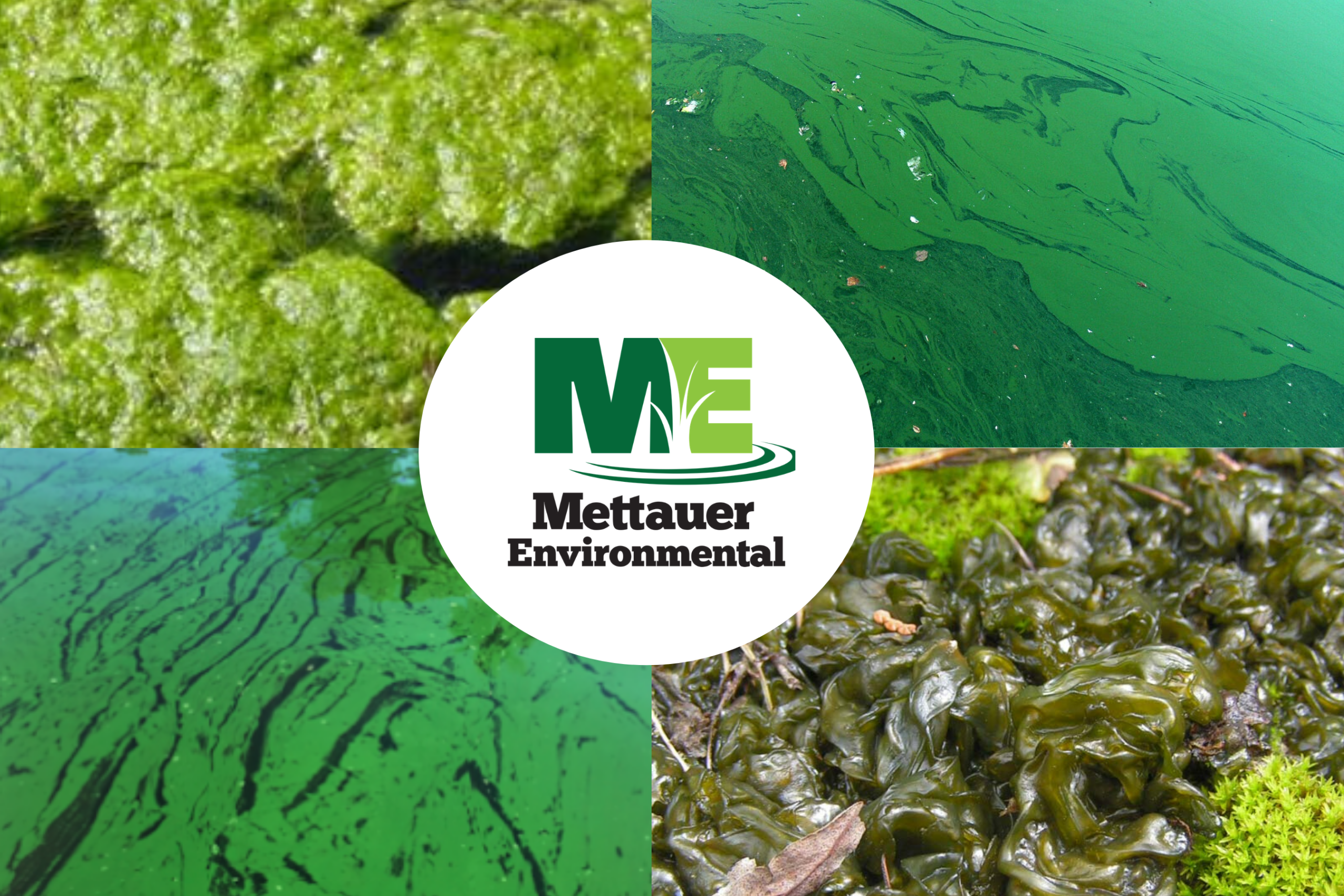While our April showers typically bring May flowers, life’s a bit harsher in South Florida. With most of the country getting beautiful Spring blooms, the extra showers contribute to toxic algae blooms and declining water quality in our South Florida lakes, ponds, and coastal waters.
With summer rounding the corner, we begin to receive more rain, and that rain eventually ends up in our lakes and stormwater systems — picking up leftover nutrients along the way. With the added fertilizer and warmer temperatures, this allows for invasive aquatic weeds and algae to bloom and begin to take over. This pollution process is called eutrophication.
Eutrophication happens when a body of water becomes crowded with nutrients due to runoff from surrounding areas. These nutrients can come from several sources, including construction runoff, pet waste, and fertilized yards and golf courses. The increased nutrients cause harmful algae blooms, leading to unsafe water, dying fish and dead zones. The growth of algae blooms is even more prominent in the warmer months.
Large concentrations of algae blooms can endanger a pond or lake’s system’s chemical balance and create conditions that could be hazardous to humans or wildlife and cause foul odors. It’s important to stay ahead of these events to prevent avoidable damage to lakes and reduce the impact on our wildlife.
At Mettauer Environmental, we want to provide proper education and preventative measures to reduce lake and pond damage caused by toxic algae blooms in Southwest Florida.
Mettauer’s Prevention Tips
1. Identify Harmful Algae
First, our teams identify if the algae are harmful. Algae is a natural element of any lake or pond system. But in more and more communities that include water features, harmful algae blooms are progressively more common. Environmental changes or lake nutrient imbalances in the water can encourage and intensify toxic algae. Exposure to toxic algae could cause skin irritation, headaches, stomach cramps, vomiting, and other harmful health reactions. We’re always on the lookout for thick layers of foam or scum on the surface of the lake that gives off a foul smell. Toxic algae can also make the water appear red, brown, blue or green. Toxic algae blooms can be lethal to wildlife that inhabit the lake or pond. By identifying harmful algae, you will be able to protect yourself, your family, pets and the community from the negative effects of exposure.
2. Reduce Nutrient-Rich Runoff
When it rains, stormwater runoff will accumulate a substantial amount of nutrients such as nitrogen and phosphorus before it reaches your lake or pond. This runoff will lead to poor water quality, foul odors, and toxic algae bloom. By picking up and disposing of pet waste and using phosphorus-free fertilizers you can limit nutrient-rich runoff. In some areas in Southwest Florida, there are fertilizer bans put in place for certain periods to help reduce excessive damage from algae blooms that are caused by fertilizer runoff.
3. Establish a Vegetation Buffer
We try to educate our clients on the balance between good and bad vegetation on banks because oftentimes we see clients have eliminated all vegetation on the shoreline by using herbicides. Buffer zones and good vegetation on the shoreline can be used to keep fertilizer and other nutrient-rich runoff from entering ponds and other waterways. The vegetation needs to be deep-rooted and native to Florida and allowed to grow around the lake or pond shoreline to help filter out harmful nutrients before reaching the water. Buffers also provide shoreline stability and help prevent the banks from erosion.
4. Introduce Aeration and Water Movement with Aerators or Fountains
Healthy levels of dissolved oxygen in the pond are vital because nitrogen and phosphorus are naturally controlled through dissolved oxygen. Without a healthy level of oxygen, nitrogen and phosphorus levels will rise, causing aggressive algae blooms. By adding dissolved oxygen, the oxygen will help break down the decaying vegetation and other nutrients found in the water meaning there will be less available nutrients for the algae to use and grow. Adding dissolved oxygen to your pond or lake with the help of aeration devices such as fountains, will increase water movement and reduce the occurrence of toxic algae blooms.
5. Properly Dispose of Organic Materials
When organic materials such as decomposing leaves and grass clippings are permitted to decompose in lakes or ponds, they release nutrients that are responsible for fueling invasive aquatic weeds and algae growth. After yard work, make sure to bag up and remove leaves and other organic debris before they accumulate and decay in your lake or pond.
6. Apply Beneficial Bacteria
Beneficial bacteria can reduce the algae’s food source and can help consume pond nutrients that feed algae blooms. Talk to Mettauer Environmental about applying beneficial bacteria to prevent nutrients from accelerating growth in nutrient heavy lakes and ponds.
7. Regularly Test Water Quality
Don’t wait until toxic algae blooms are causing damage to your lake or ponds ecosystem. Consult Mettauer Environmental to monitor the water quality regularly and advise appropriate treatments to help prevent the growth of toxic algae in your lake or pond. By proactively testing the water quality, we can help identify any problems or predict an algae bloom before it impacts your water.
There are many ways to manage and avoid invasive aquatic vegetation and algae blooms, but one of the most critical elements is to reduce nutrient entry and prevent the introduction of any invasive plants through careful attention to your lake or pond.
If you are worried about the dangers of toxic algae blooms affecting your pond or lake this summer, call Mettauer Environmental at (239) 728-1814. We can do a free inspection of your pond or lake. Whatever your water management needs may be, Mettauer Environmental is here to help with affordable and eco-friendly solutions.



